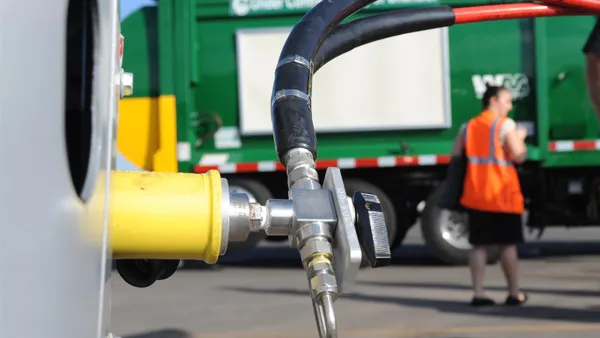Dive summary:
- A researcher at Lund University in Sweden has developed a way to produce hydrogen gas from bottom ash produced at waste-to-energy facilities.
- The method claims to be able to produce up to 20 billion liters of hydrogen gas a year, enough to power around 11,000 houses.
- The method involves placing the ash in an oxygen-free environment and mixing it with water; the ash then produces hydrogen, which can be sucked out though a piping system.
From the article:
In some countries, processed bottom ash is recycled as a construction material for roads and buildings. However, the university noted that this doesn’t happen in Sweden because the ash contains hazardous substances that do not meet the Swedish Environmental Protection Agency’s strict requirements. Usually it is used as top cover at landfills.
Bottom ash remains in quarantine in the open air at waste to energy facilities for up to six months to prevent the leaching of environmentally harmful metals and the risk of hydrogen gas being formed, since accumulation of hydrogen during indoor storage can result in explosion. ...









